Monsoon and Winter Treks in Nepal: Challenges and Rewards
Trekking in Nepal is an adventure that attracts thousands of trekkers every year, thanks to its majestic Himalayan peaks, vibrant culture, and stunning landscapes. While the spring and autumn seasons are the most popular for trekking, Nepal offers a unique experience during the monsoon and winter seasons. These times come with their own set of challenges but also bring distinct rewards for those brave enough to explore during these less-traveled months.
In this blog, we will explore the challenges and rewards of trekking in Nepal during the monsoon and winter seasons, helping you decide if these off-season treks are right for you.
Monsoon Treks in Nepal: June to September
Nepal’s monsoon season lasts from June to September, with heavy rains sweeping across the country, particularly in the lower and middle regions. The monsoon season is traditionally considered a time to avoid trekking in Nepal due to the wet conditions, slippery trails, and the potential for landslides. However, with the right preparation, monsoon treks can offer a unique and rewarding experience.
Challenges of Monsoon Treks:
-
Heavy Rain and Wet Trails
The biggest challenge of trekking during the monsoon season is the incessant rainfall, which makes trails muddy, slippery, and difficult to navigate. Lower-altitude treks like the Ghorepani Poon Hill Trek or Langtang Valley Trek are especially prone to this challenge. The damp conditions can make the trek physically demanding and potentially dangerous. -
Leeches and Insects
The warm, humid environment during the monsoon season creates a perfect habitat for leeches and other insects. If you’re trekking in lower altitudes, you may encounter these critters on your journey. While leeches are generally harmless, they can be unpleasant. -
Landslides
The heavy rainfall during the monsoon season increases the risk of landslides, particularly on trails that pass through steep hillsides. The risk of natural hazards is higher in certain areas, so choosing the right route is essential. -
Limited Visibility
The monsoon season often brings dense clouds, which can obscure mountain views, leaving trekkers disappointed by the lack of panoramic vistas. If you’re seeking the classic views of the Himalayas, the monsoon may not be the ideal time to visit.
Rewards of Monsoon Treks:
-
Fewer Tourists and Peaceful Trails
One of the major benefits of trekking during the monsoon season is the absence of crowds. Popular trekking routes like the Annapurna Circuit and Everest Base Camp are much quieter compared to the peak season. If you prefer solitude and peace while trekking, this is a significant advantage. -
Lush Greenery and Stunning Flora
The monsoon rains bring the hills and valleys to life, making the landscape incredibly lush and green. The trails are lined with vibrant wildflowers, and the forests are filled with the sound of rushing streams and waterfalls. If you're a nature lover, the monsoon season offers stunning beauty and serene surroundings. -
More Affordable Treks
The monsoon season is considered the off-season for trekking in Nepal, so you’ll find that prices for guides, porters, accommodation, and flights tend to be lower than during the peak season. This can make trekking more affordable, especially if you’re traveling on a budget. -
Unique Cultural Experiences
Many local festivals and events occur during the monsoon season. For example, the Indra Jatra festival in Kathmandu, celebrated during the monsoon, offers a rare glimpse into Nepal’s rich culture. Trekking during this time allows you to experience the vibrancy and traditions of Nepal’s rural and urban communities.
Winter Treks in Nepal: December to February
Winter trekking in Nepal, from December to February, offers a completely different experience from the summer months. The skies are usually clear, and the air is crisp and cold, especially at higher altitudes. While winter treks come with their own set of challenges, the season also brings incredible rewards for those willing to brave the cold.
Challenges of Winter Treks:
-
Cold Temperatures and Risk of Hypothermia
Temperatures can drop significantly during the winter months, especially at higher altitudes. It’s not uncommon for temperatures to dip below freezing, even during the day. The cold can make the trek uncomfortable, and prolonged exposure can lead to hypothermia, frostbite, and other cold-related injuries if you’re not properly prepared. -
Snow and Icy Trails
In many high-altitude treks, including those in the Annapurna and Everest regions, snow and ice become common during the winter. This can make trails slippery and hazardous, increasing the risk of falls or injuries. Walking on icy terrain requires careful attention and suitable footwear, such as crampons or ice cleats. -
Shorter Days
With the winter solstice comes shorter daylight hours, meaning you have less time to trek each day. This could extend your trek time or make it more challenging to reach destinations before nightfall. The cold, combined with fewer daylight hours, can also limit your energy during the day. -
Altitude and Acclimatization
Winter treks at high altitudes, like the Everest Base Camp Trek or Annapurna Circuit, pose a unique challenge due to the cold temperatures combined with the effects of altitude. Proper acclimatization is essential to avoid altitude sickness, and the lower oxygen levels can make it feel harder to breathe in the thinner mountain air.
Rewards of Winter Treks:
-
Clear Skies and Stunning Views
One of the biggest advantages of winter trekking in Nepal is the clear skies. The dry, crisp winter air allows for incredibly crystal-clear views of the Himalayan peaks. In contrast to the often-cloudy skies of the monsoon season, winter provides some of the best opportunities for panoramic vistas of Everest, Annapurna, and other peaks. -
Fewer Tourists and Solitude
Winter is considered the off-season for trekking, so you’ll encounter far fewer trekkers on the trails. Popular routes like the Annapurna Circuit or Everest Base Camp will be much quieter, giving you the chance to enjoy the peace and tranquility of the mountains without the hustle and bustle of large crowds. -
Magical Snow-Covered Landscapes
If you love winter landscapes, the snow-covered peaks, forests, and valleys will make your trek feel like a true winter wonderland. The snow-capped mountains glistening under the clear blue sky offer some of the most stunning views, and the quiet beauty of winter trekking is something every adventurer should experience. -
Lower Prices and Availability
Similar to the monsoon season, winter treks tend to be more affordable as it’s the off-peak season. With fewer trekkers around, you can also find more availability for trekking permits, guides, and accommodation. If you book in advance, you might get better deals on services, and it can be easier to find space at popular teahouses.
Conclusion
While trekking in Nepal during the monsoon and winter seasons presents its challenges, the rewards are immense for those who are prepared. The monsoon season brings lush greenery, solitude, and affordable prices, while the winter months offer stunning views, fewer crowds, and magical snow-covered landscapes.
For trekkers who embrace the challenges and are well-equipped for the conditions, both seasons offer a chance to experience Nepal in a more intimate and unique way, far from the typical tourist routes. Hilly Chilly can help you prepare for your monsoon or winter trek, offering expert guidance, well-planned itineraries, and a safe trekking experience.
Are you ready to take on the challenge and explore Nepal’s beauty in the off-seasons? Contact us today to plan your next trekking adventure!

Trekking in Nepal is an adventure that attracts thousands of trekkers every year, thanks to its majestic Himalayan peaks, vibrant culture, and stunning landscapes.
Hilly Chilly


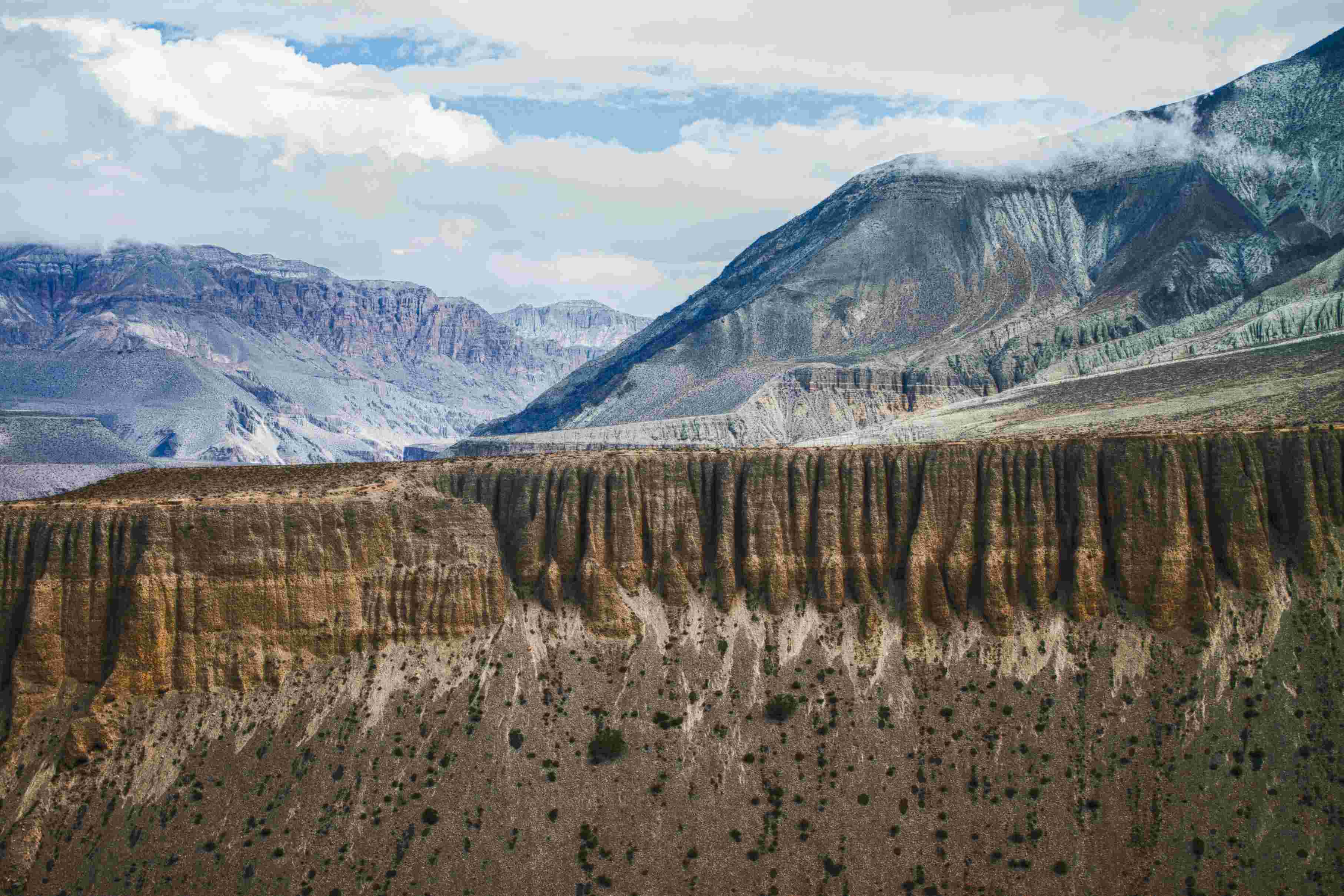
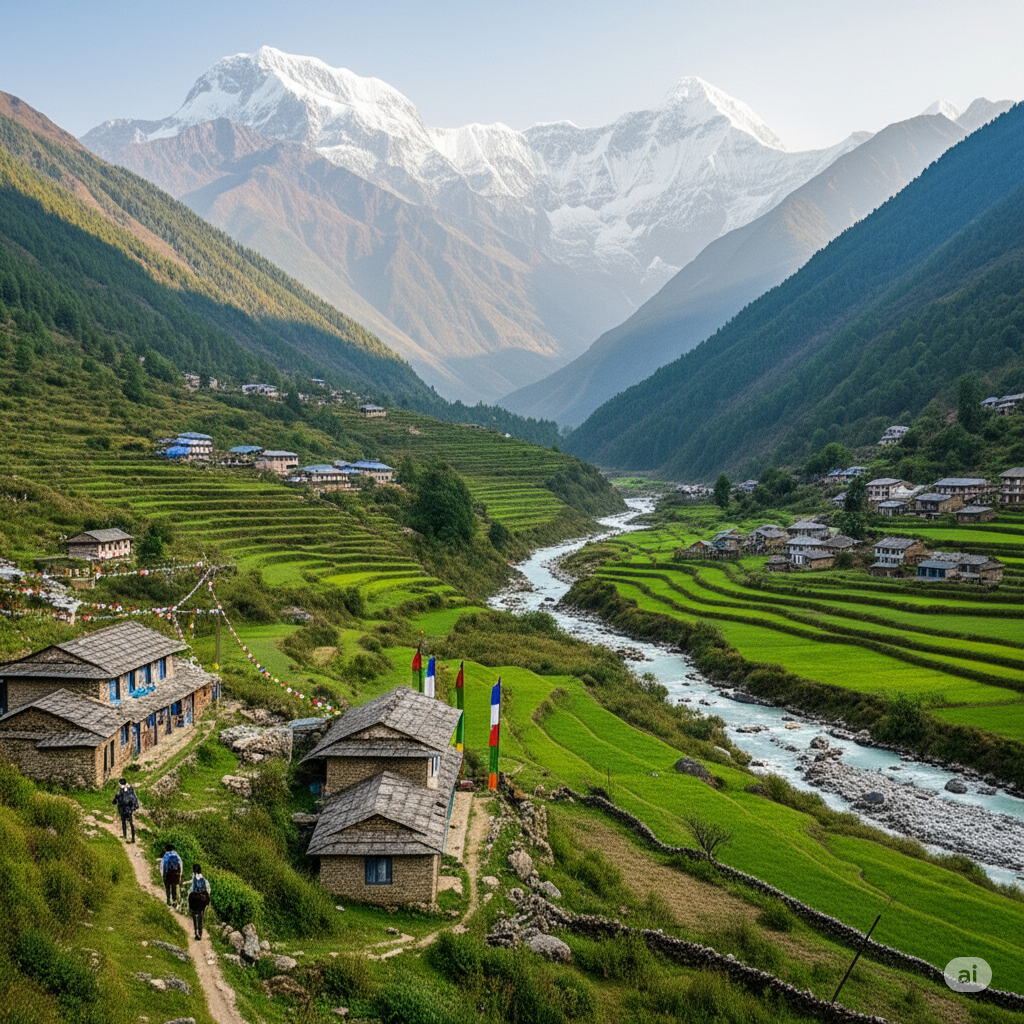
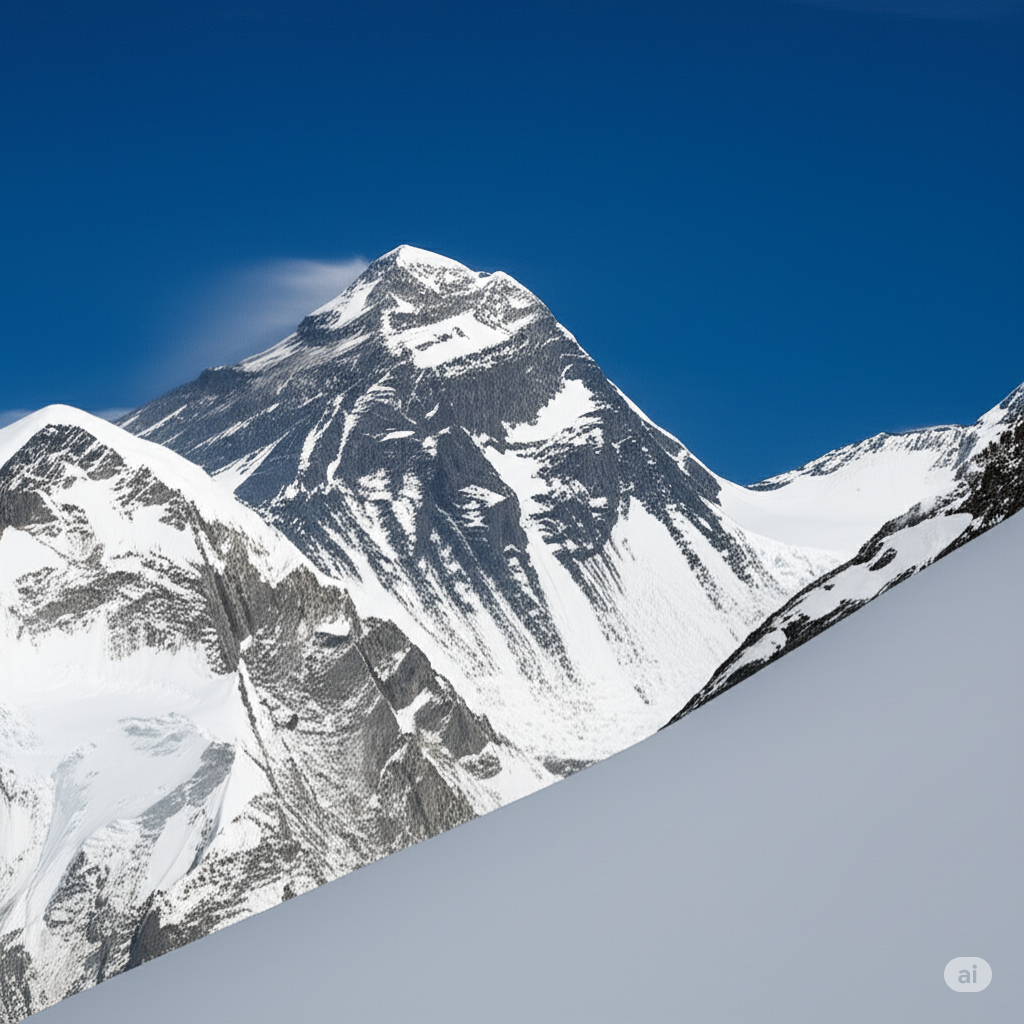
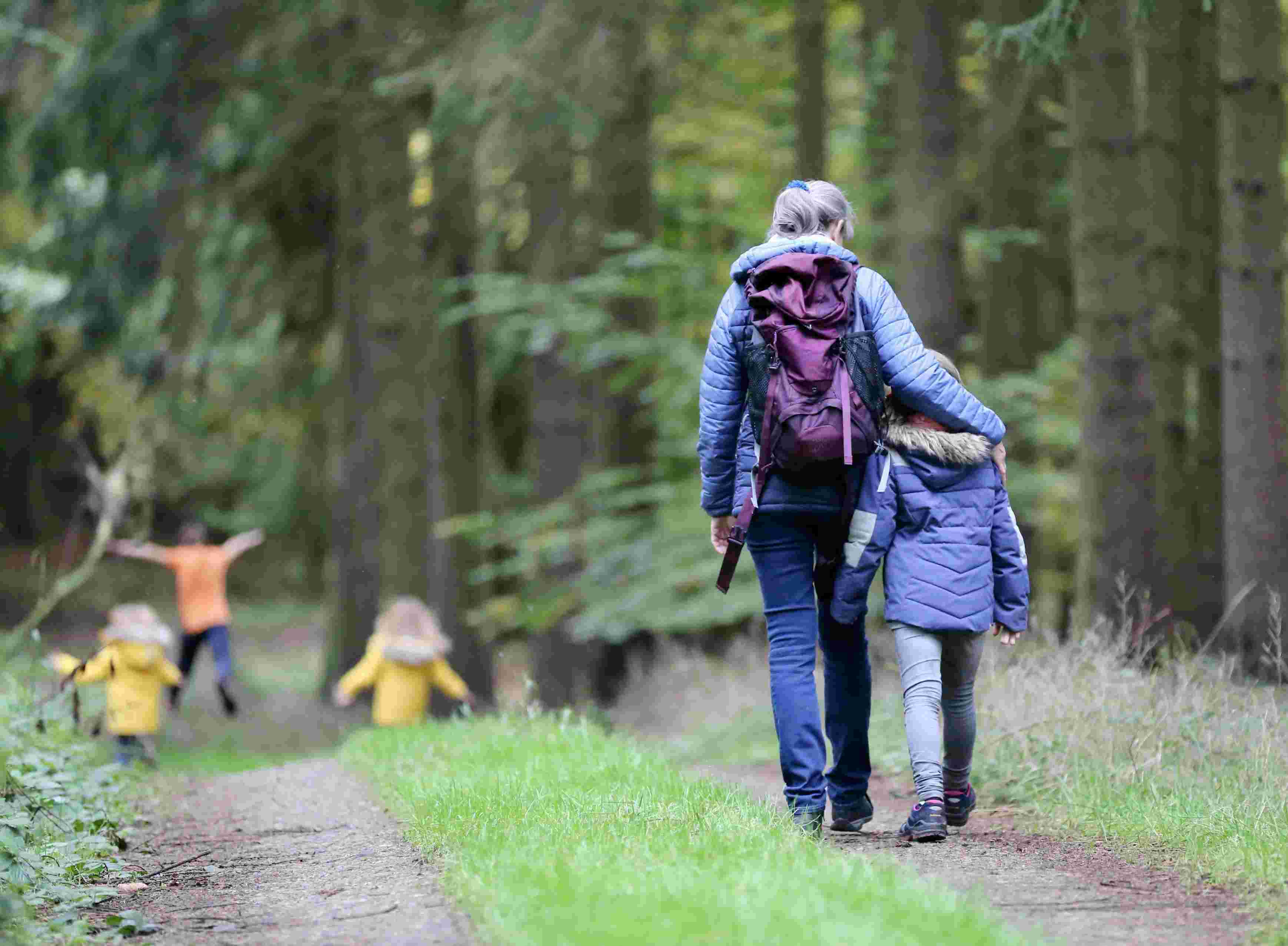
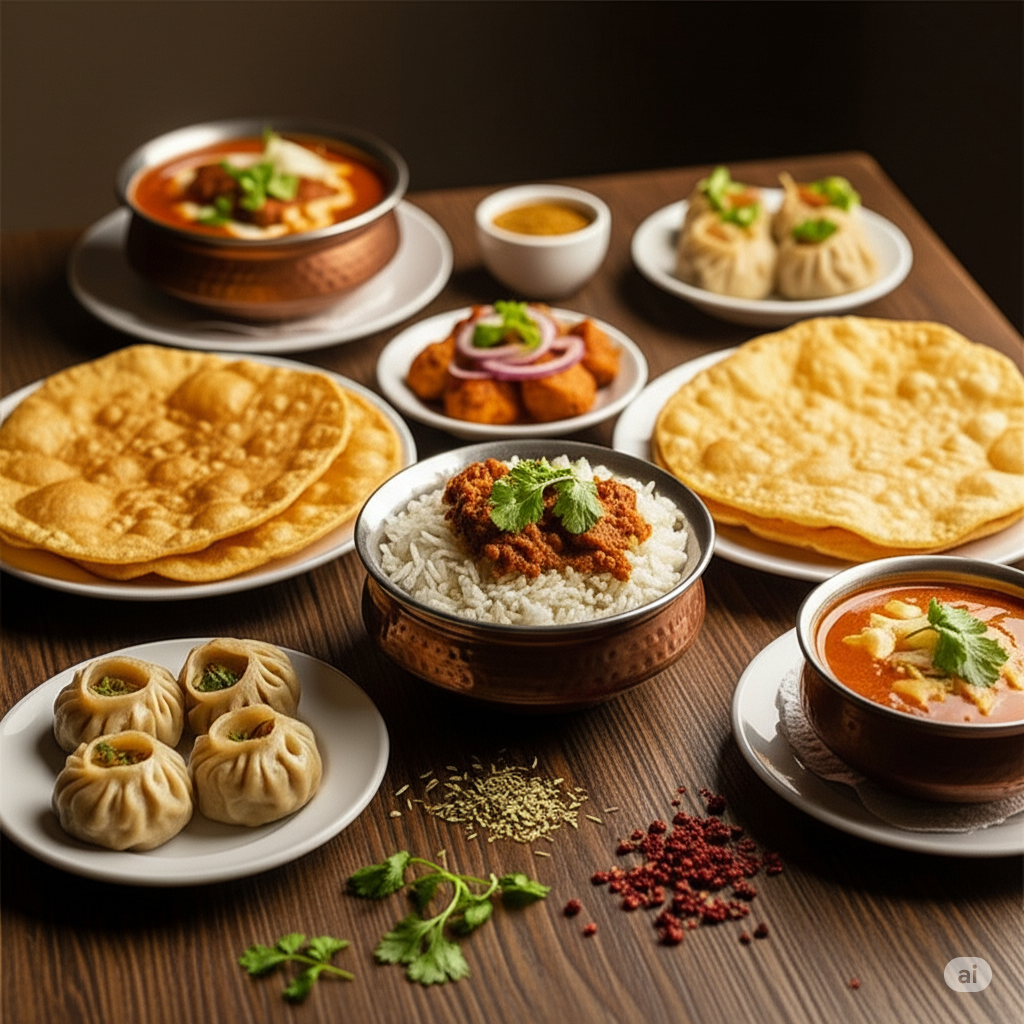
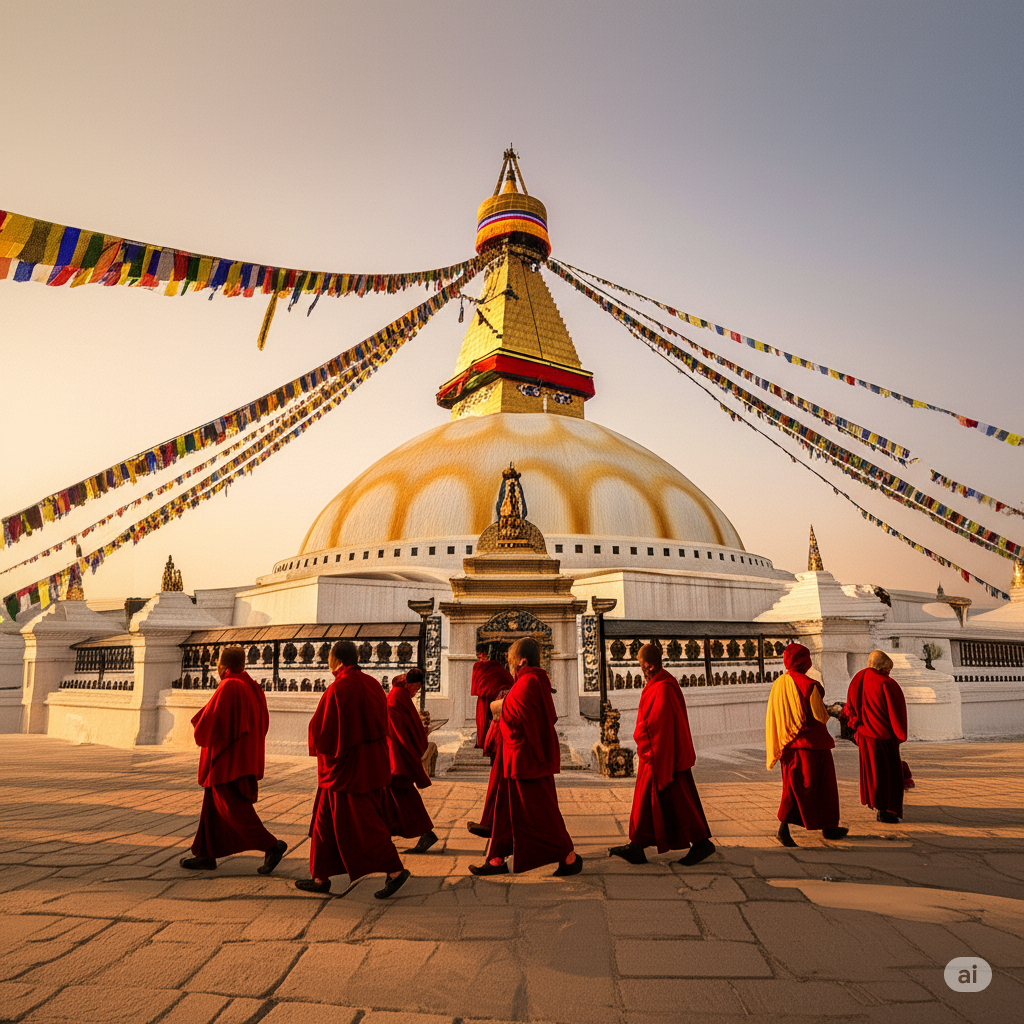
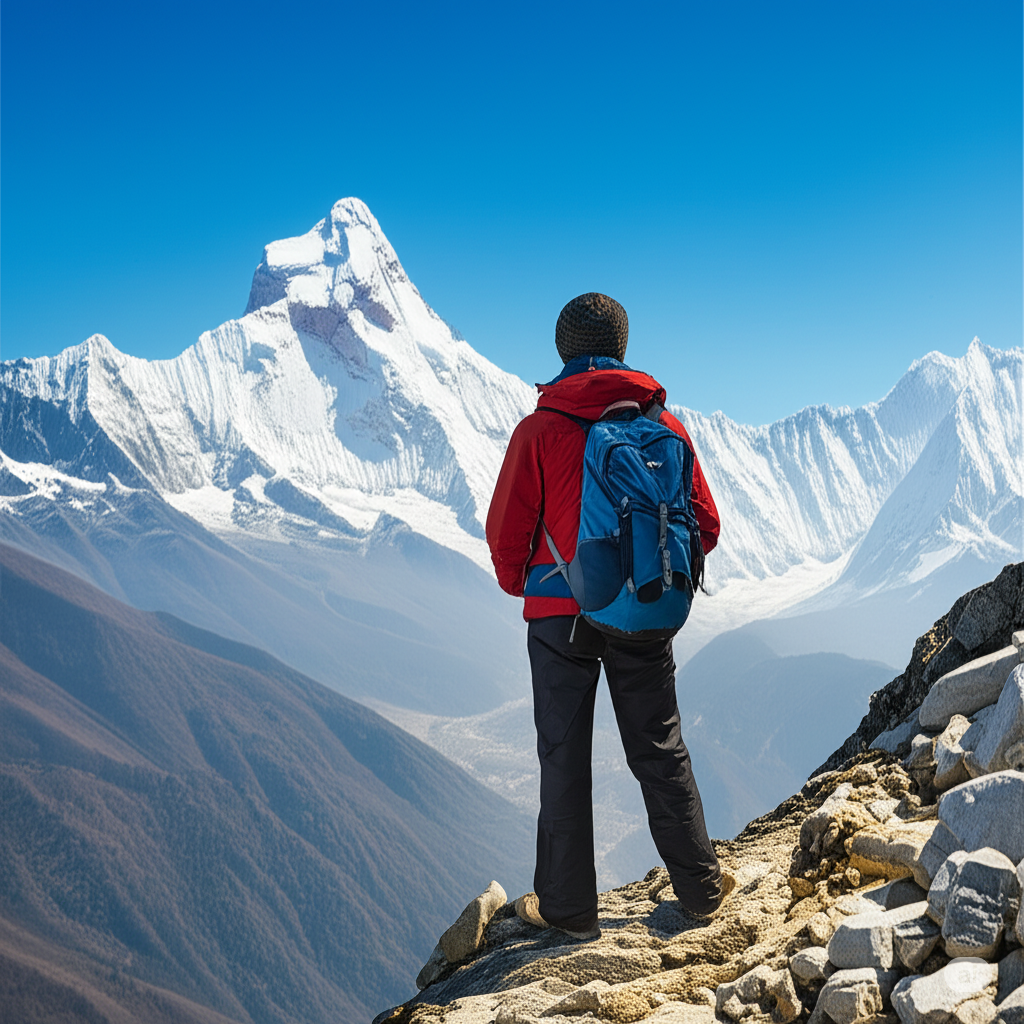
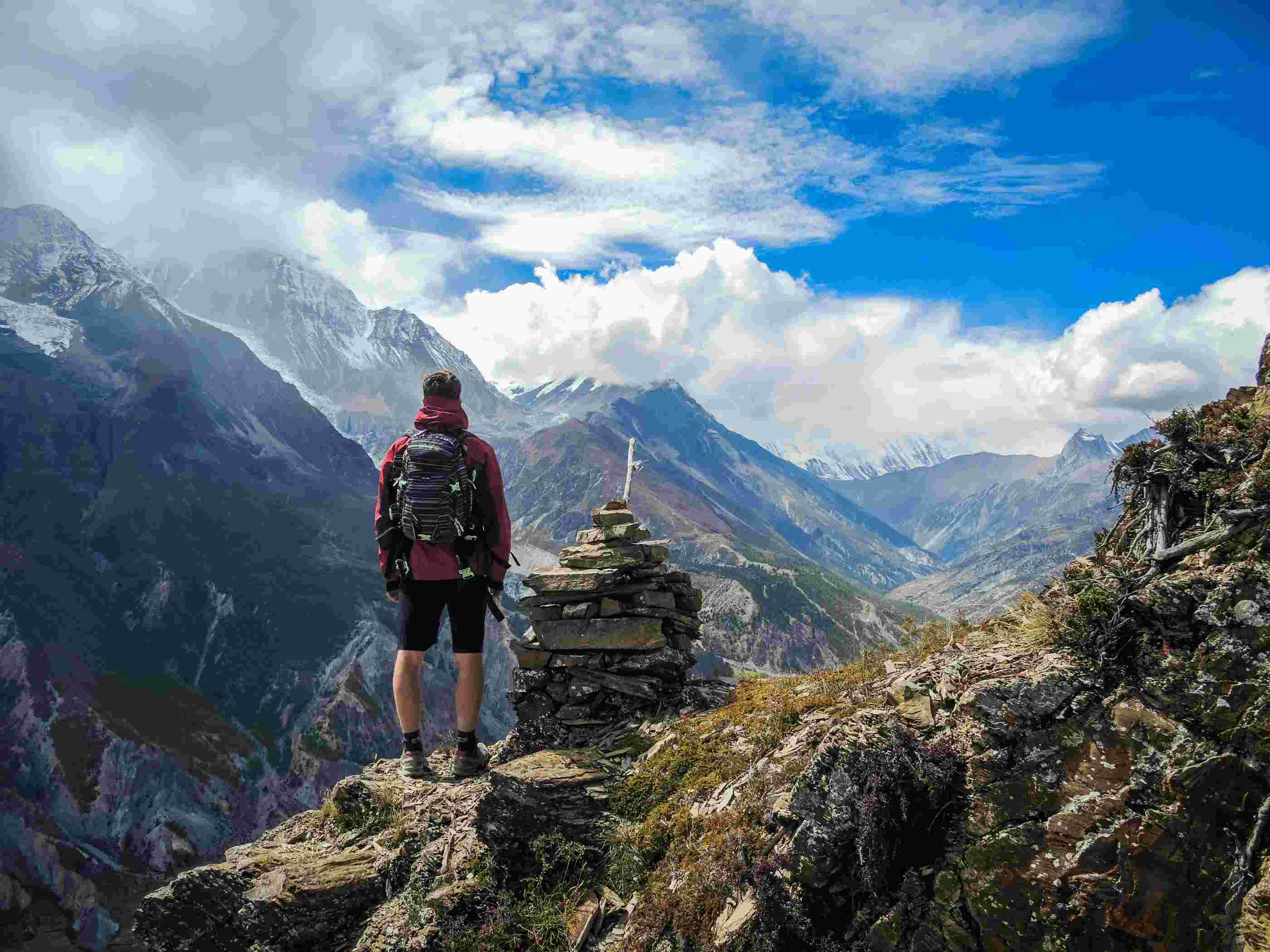
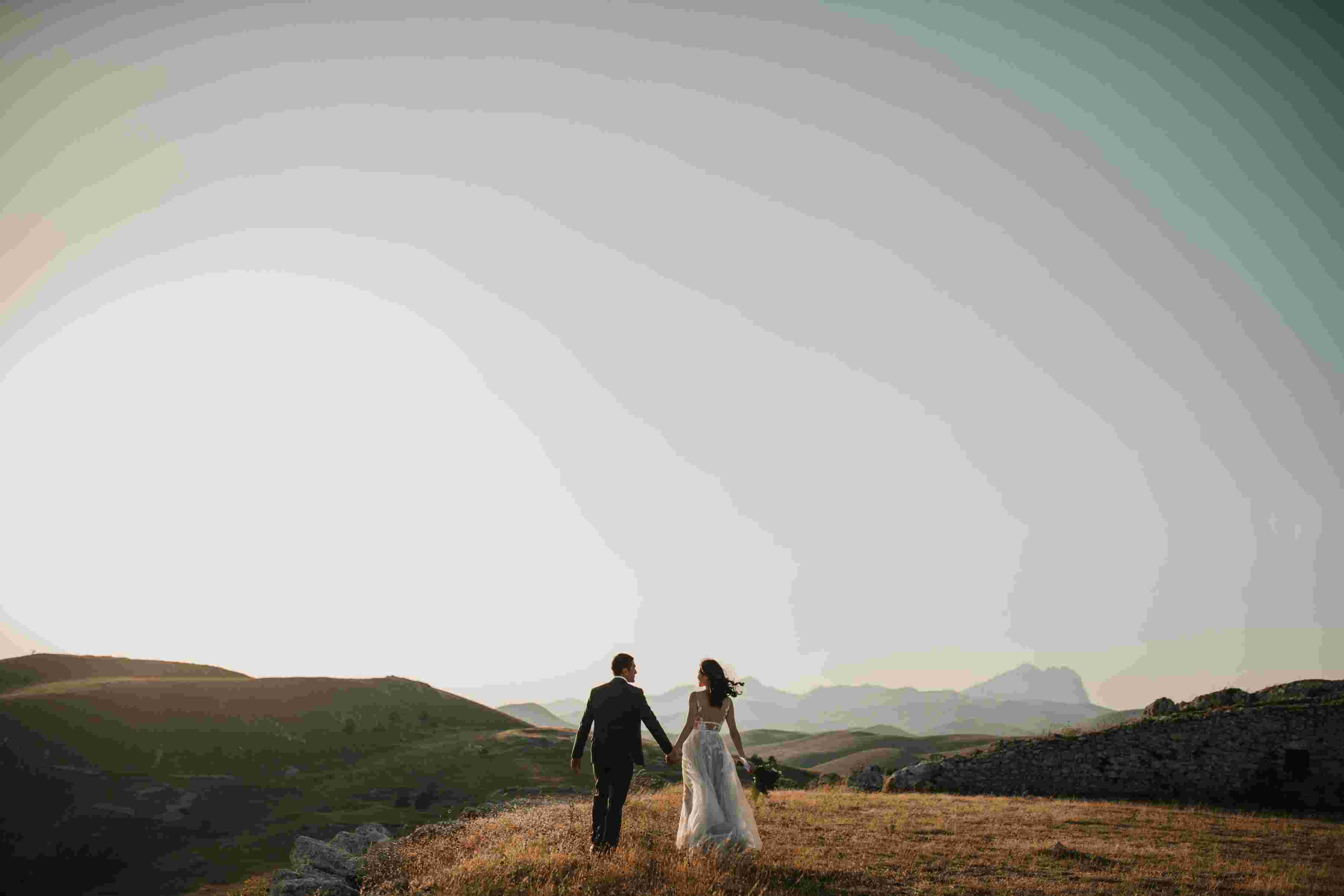
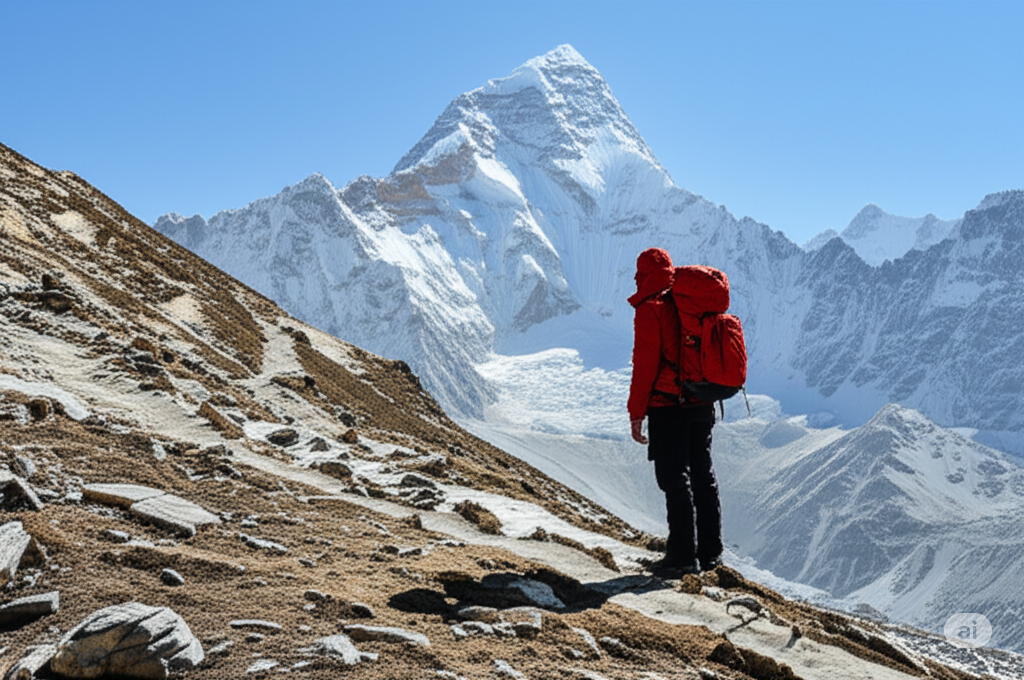
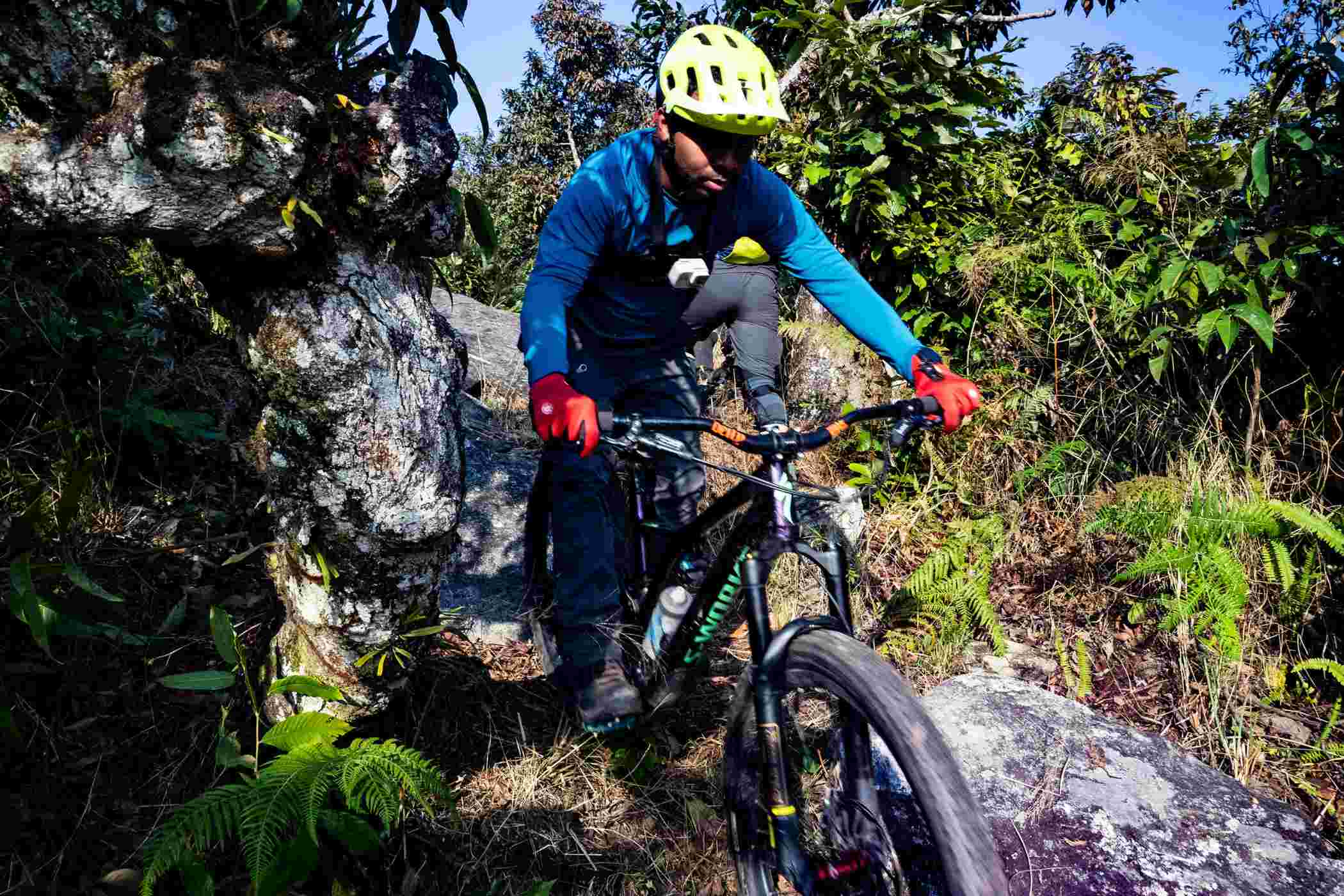
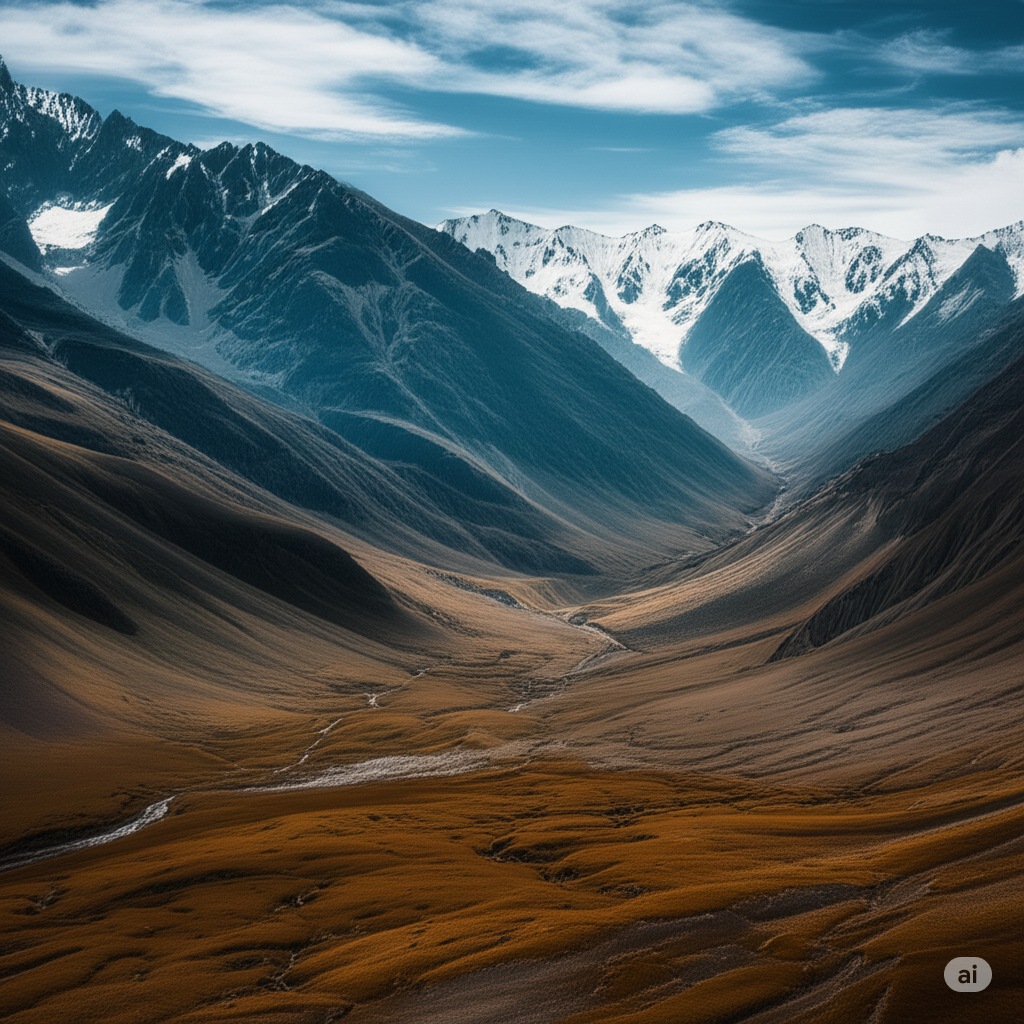

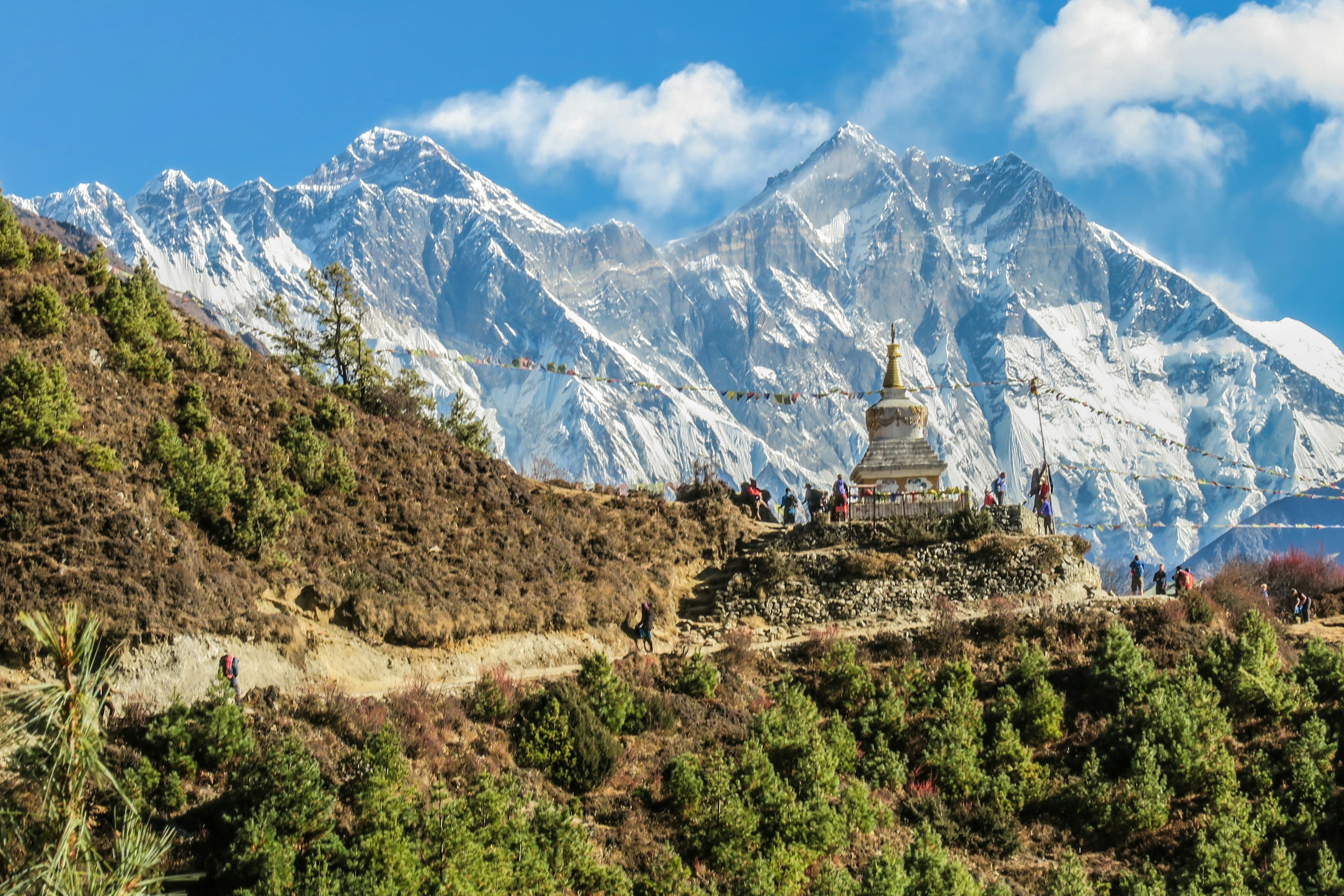
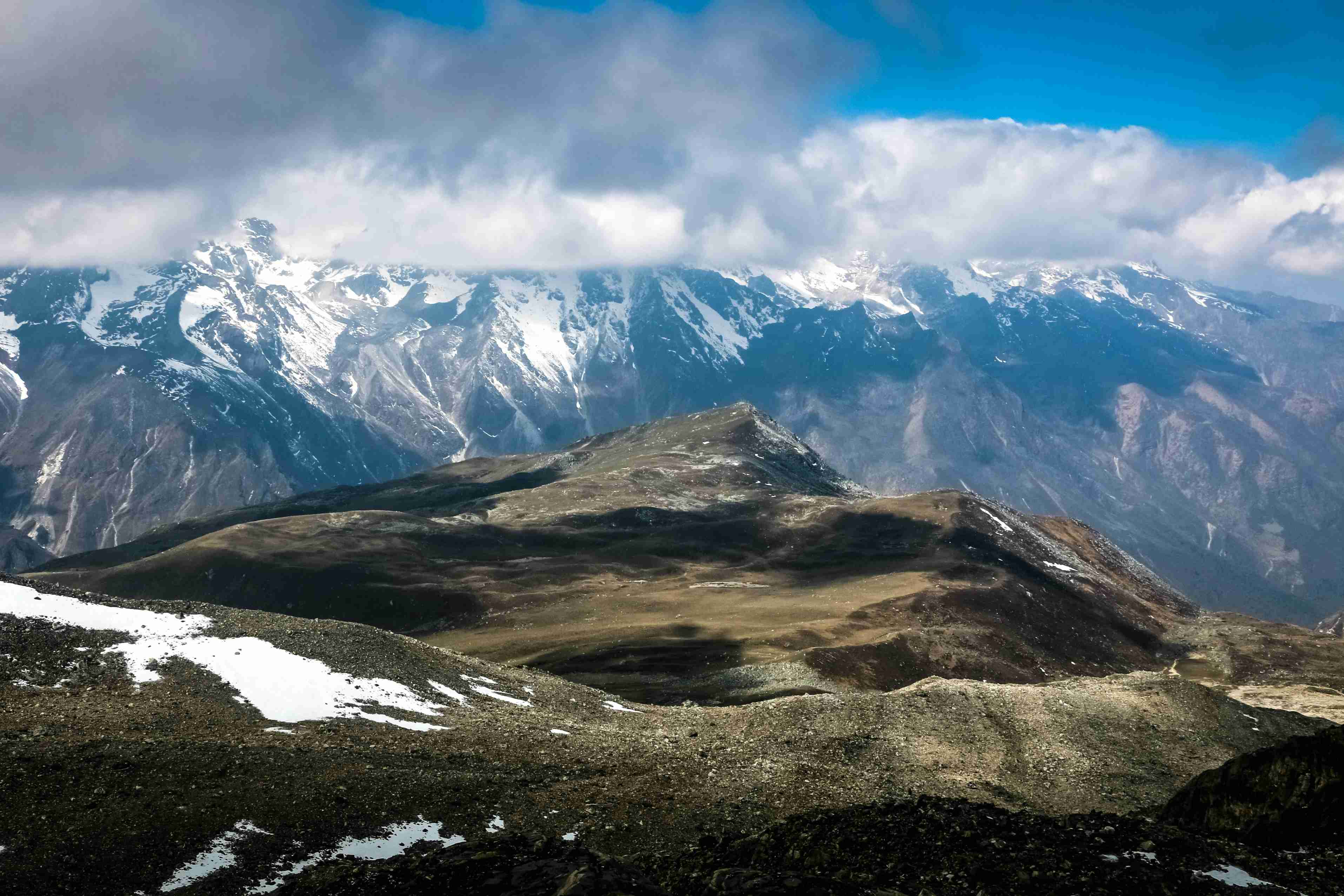
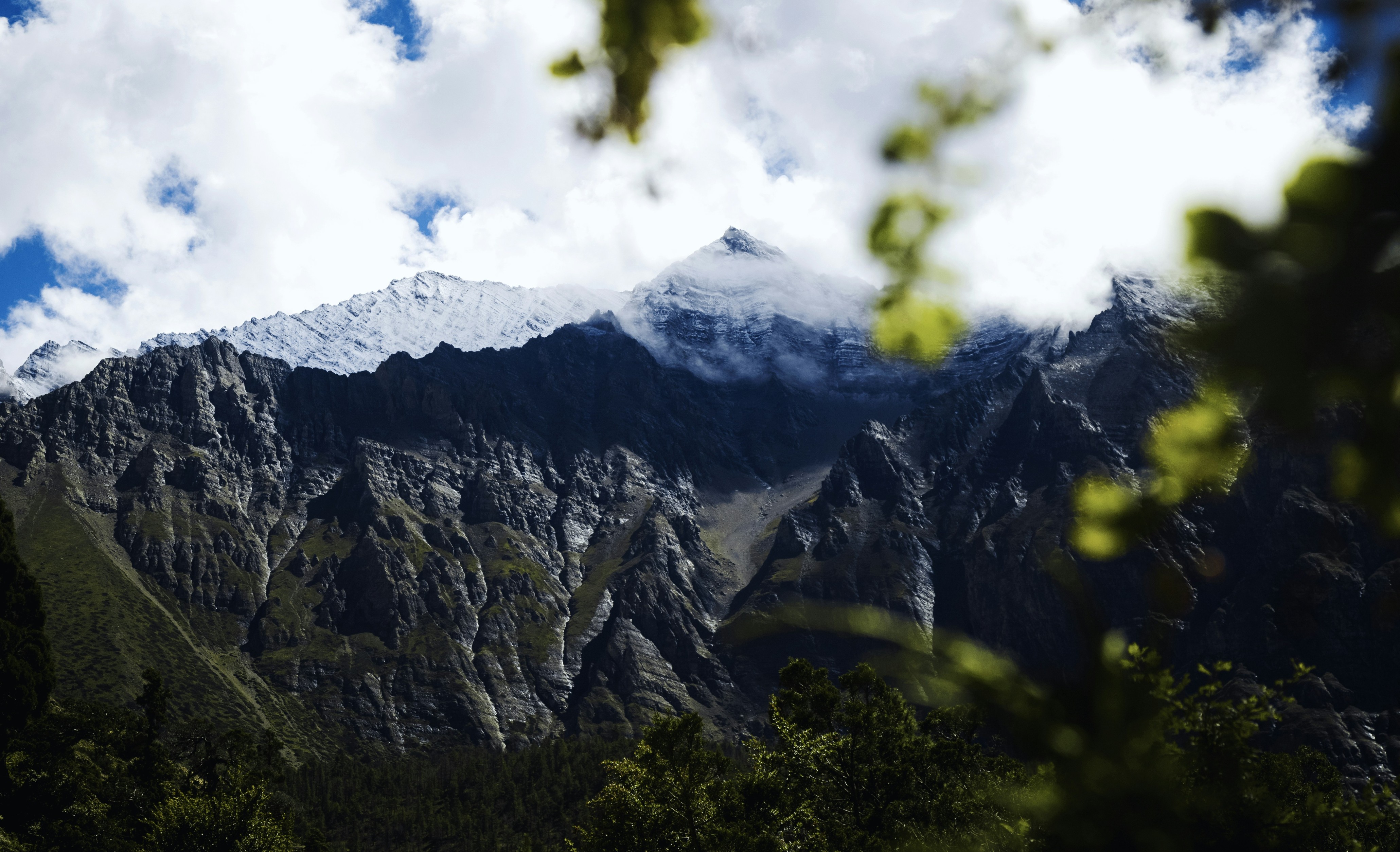
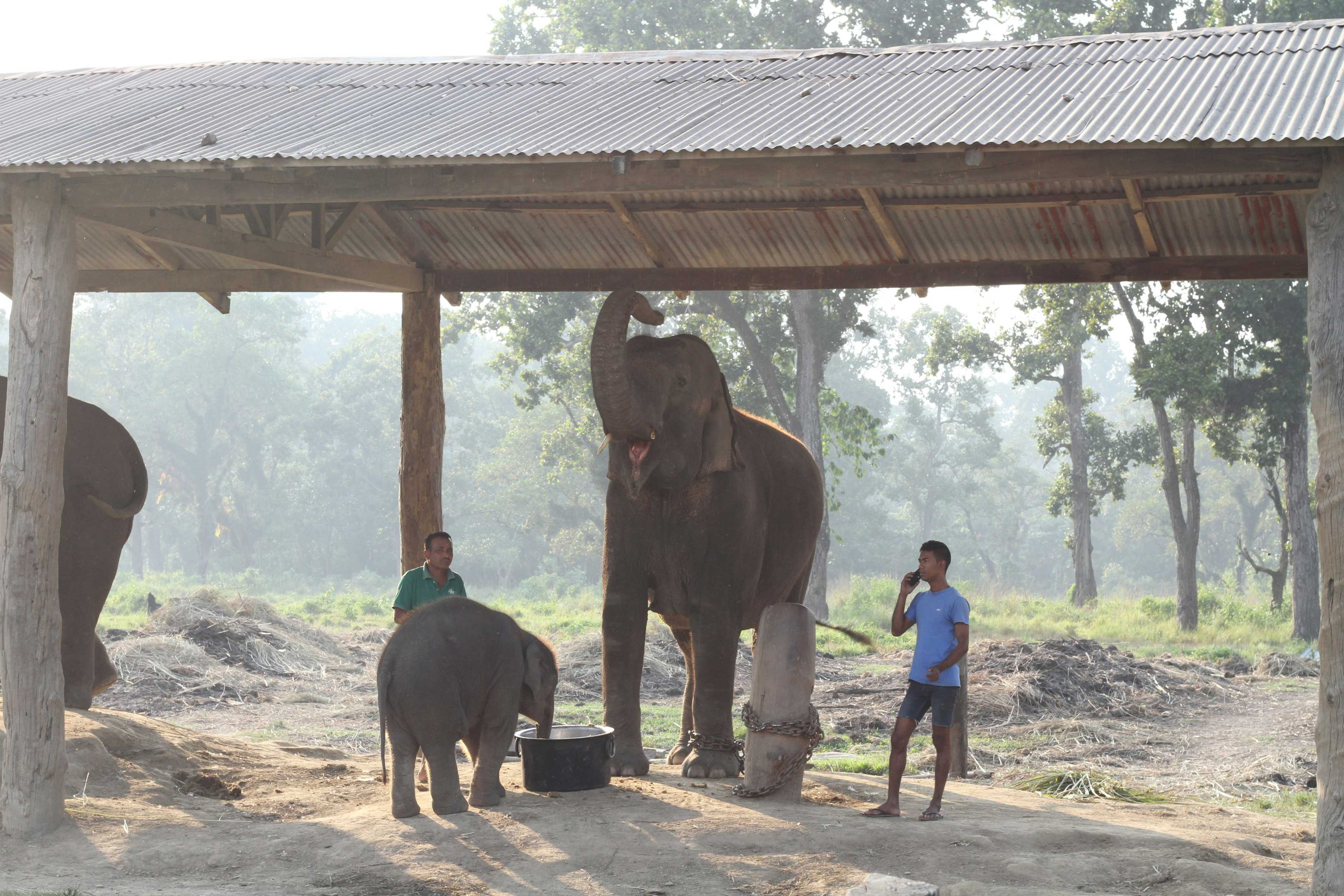
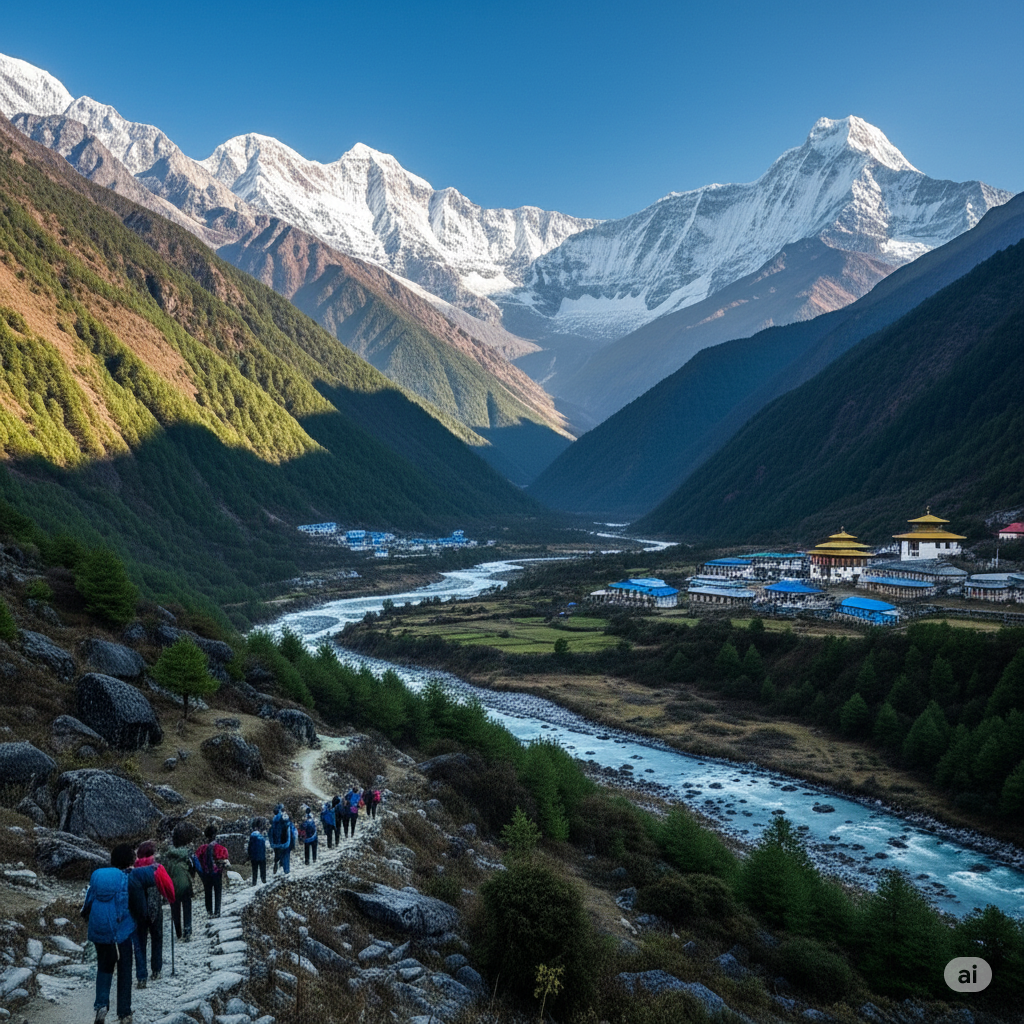
Comments
LOGIN TO POST COMMENT